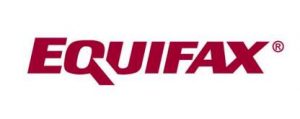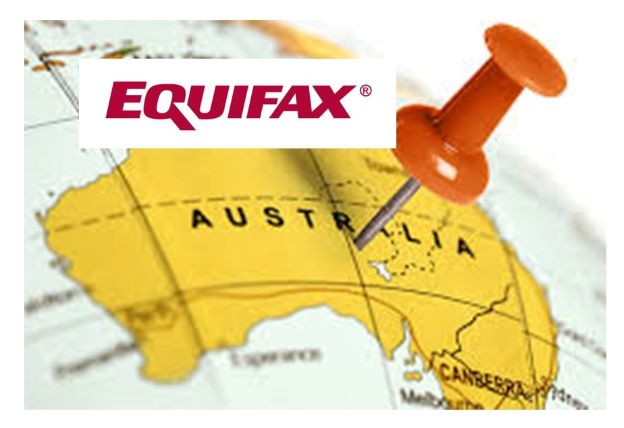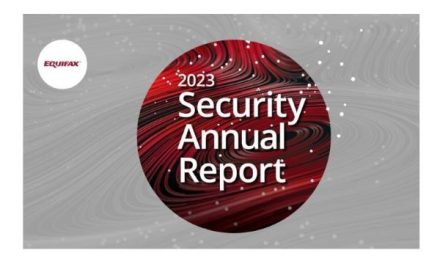Construction and retail trade have fuelled business loan growth in the June quarter but the recovery of these industries is now in question following recent lockdowns, according to Equifax.
Figures for the second quarter of 2021 (Q2 2021) in the latest Equifax Quarterly Business Credit Demand Index (June 2021) have shown double-digit growth in business credit demand with solid gains across all categories of credit. However, sustaining this pace of recovery into the third quarter is now under question as the ongoing COVID-19 lockdowns have shown signs of dampening credit demand in NSW and Victoria.
Figures from Equifax – the global data, analytics, and technology company and credit information provider in Australia and New Zealand – have revealed that overall business credit applications grew by 14.4 per cent in the June 2021 quarter compared to the June 2020 quarter (when restrictions were in place). Business credit demand also rebounded in the June 2021 quarter to surpass pre-COVID levels, rising by 8.2 per cent compared to June 2019.
Business credit applications surged in every state in the June 2021 quarter compared to last year, including NSW and Tasmania (up 20.0 per cent), Victoria (up 18.0 per cent), Western Australia (up 16.0 per cent), South Australia and the ACT (up 13.0 per cent), and Queensland (up 5.0 per cent), but was down in the Northern Territory (down 44.0 per cent).
Business loan applications increased by 15.4 per cent in the June 2021 quarter compared to last year, and 11.3 per cent higher than June 2021 pre-COVID.
Construction and retail trade fuelled much of this growth, with demand for business loans in the construction sector 10.0 per cent higher than the same quarter last year and 15.0 per cent higher than in 2019.
Business loan applications grew by 11.0 per cent in the June 2021 quarter in retail trade compared to the June 2020 and 2019 quarters despite “unprecedented” closure of retail outlets during the first wave of the pandemic.
Victoria led the recovery in business loan applications (up 24.0 per cent), followed by NSW (up 23.0 per cent), Western Australia and the ACT (up 17.0 per  cent), South Australia (up 16.0 per cent), Tasmania (up 15.0 per cent), and Queensland (up 2.0 per cent) but plunged in the NT (down 60.0 per cent).
cent), South Australia (up 16.0 per cent), Tasmania (up 15.0 per cent), and Queensland (up 2.0 per cent) but plunged in the NT (down 60.0 per cent).
Source: The Advisor news


























